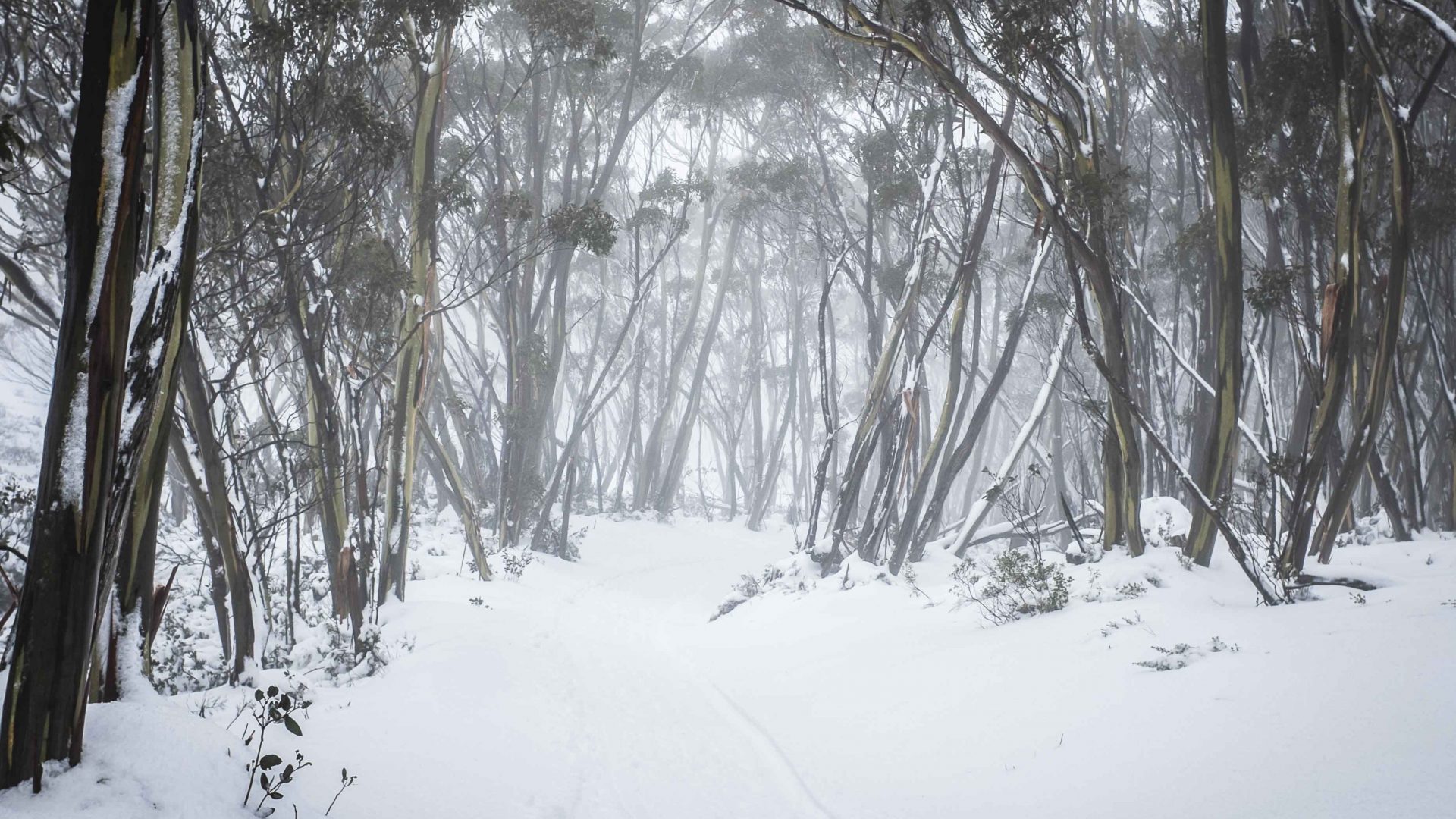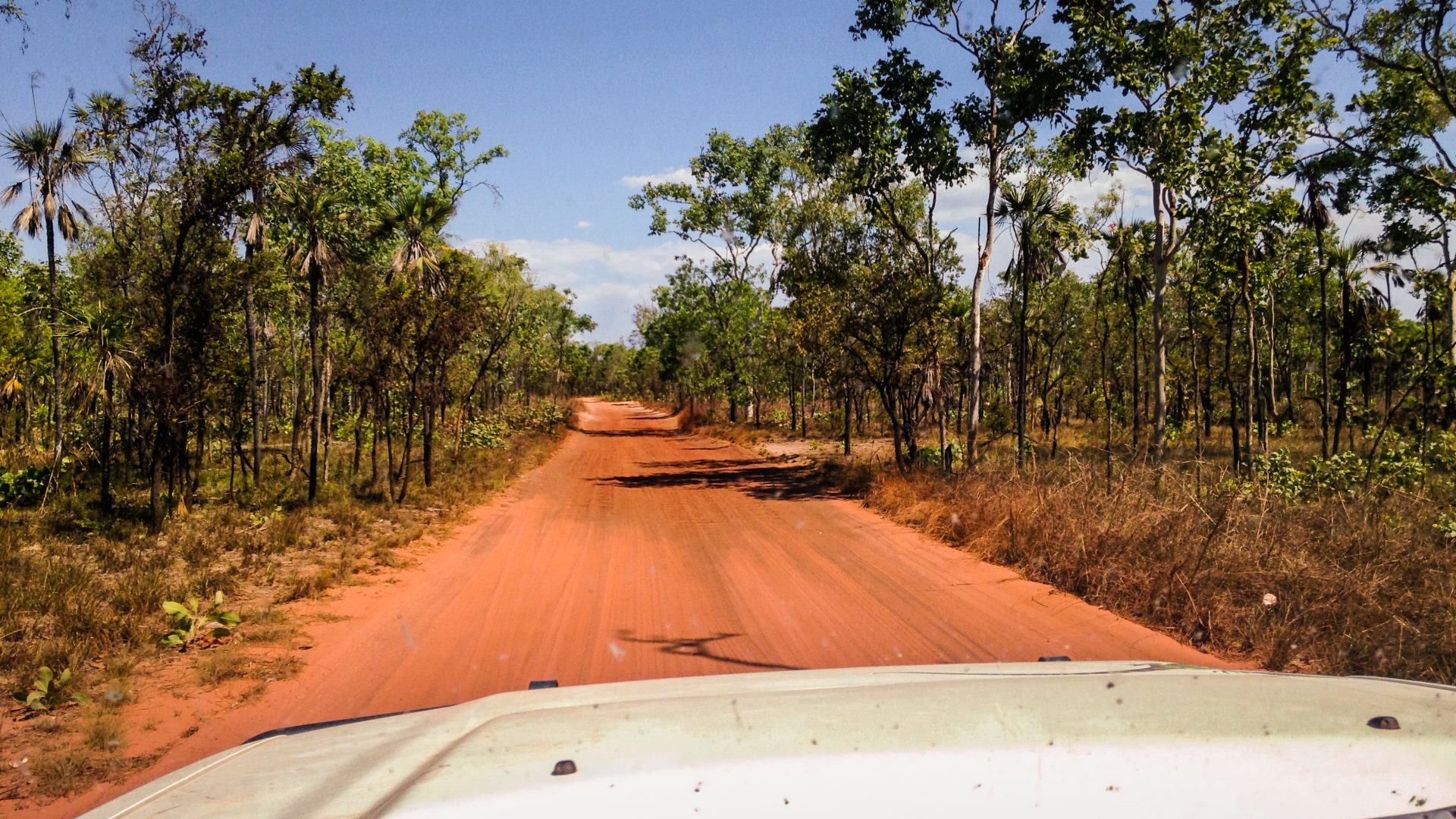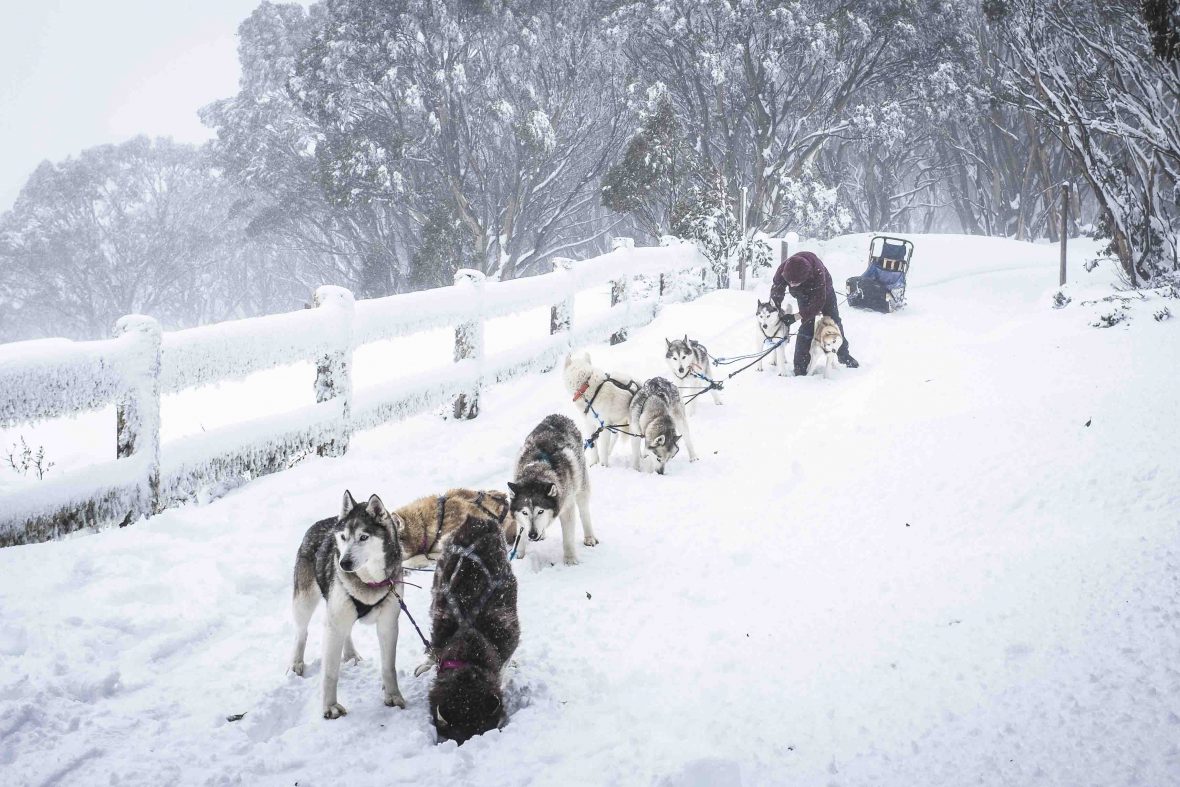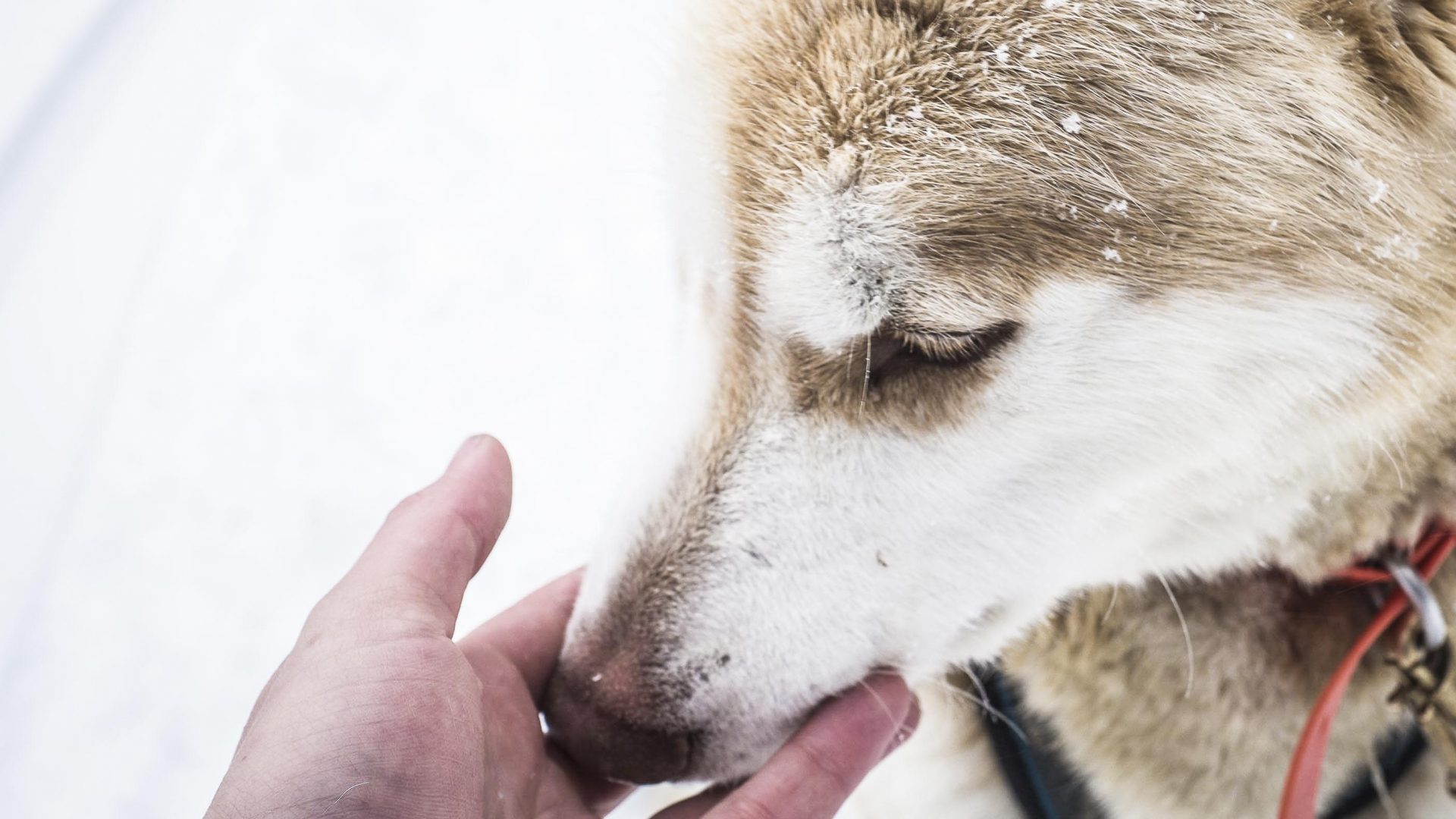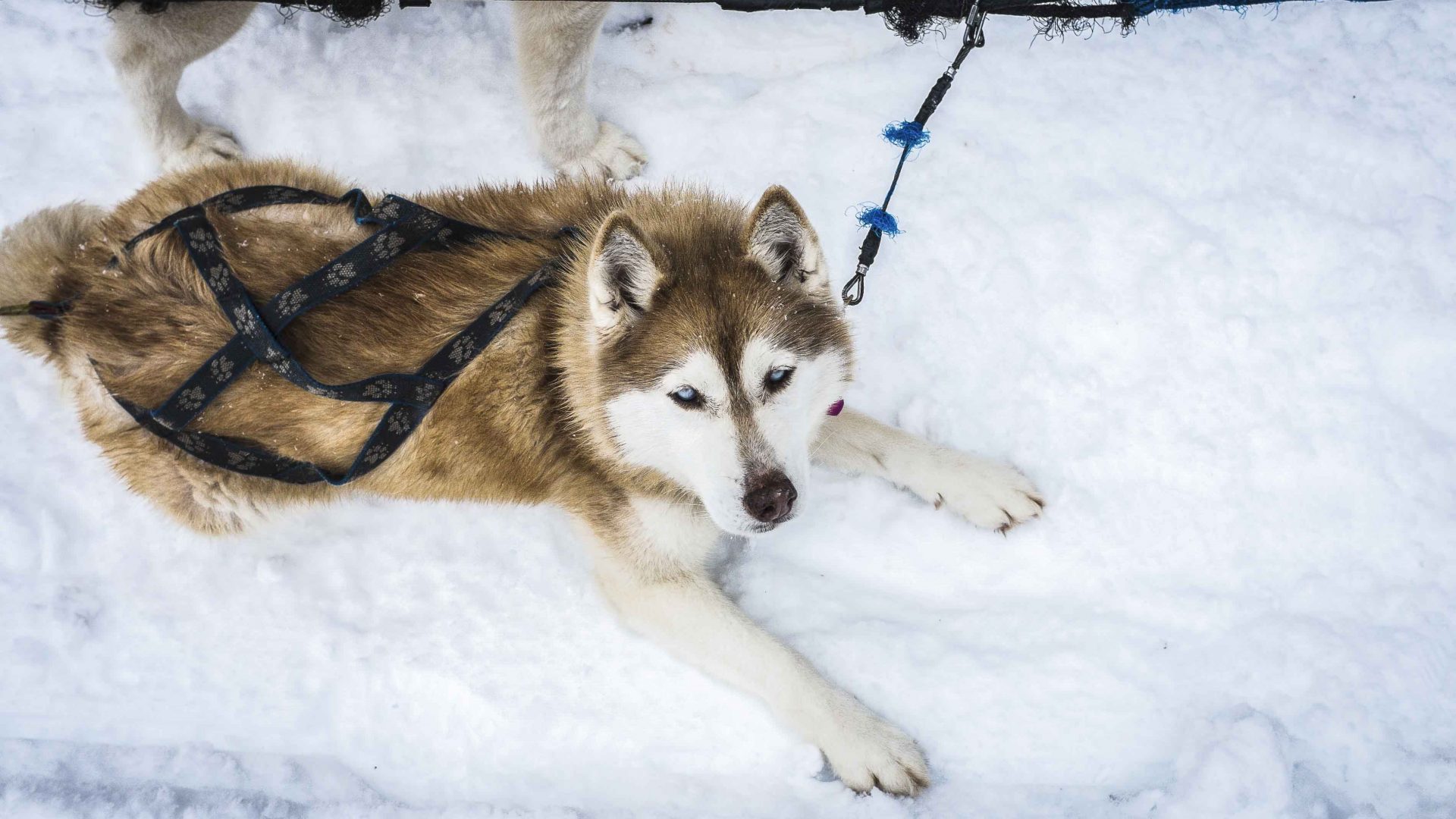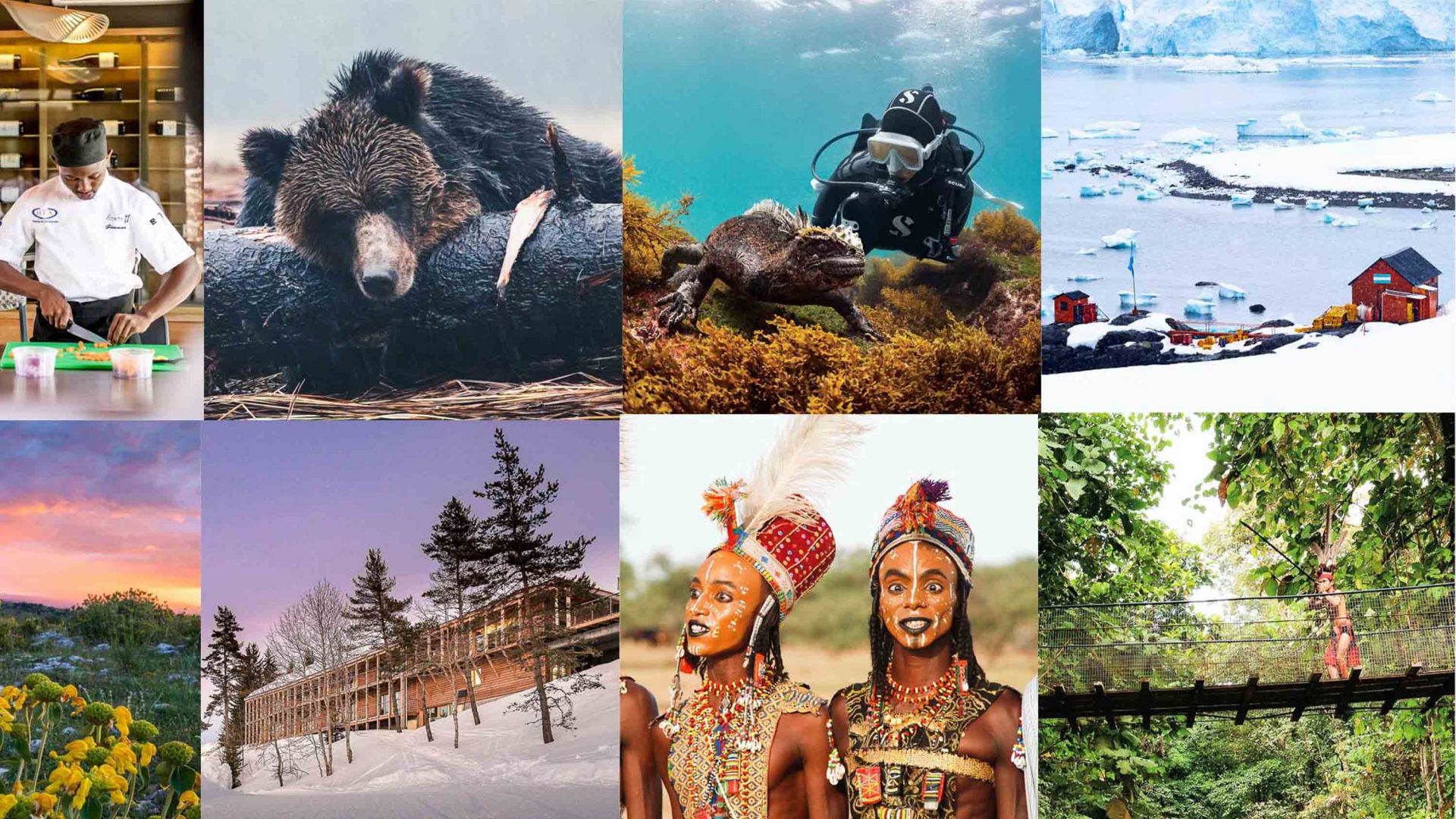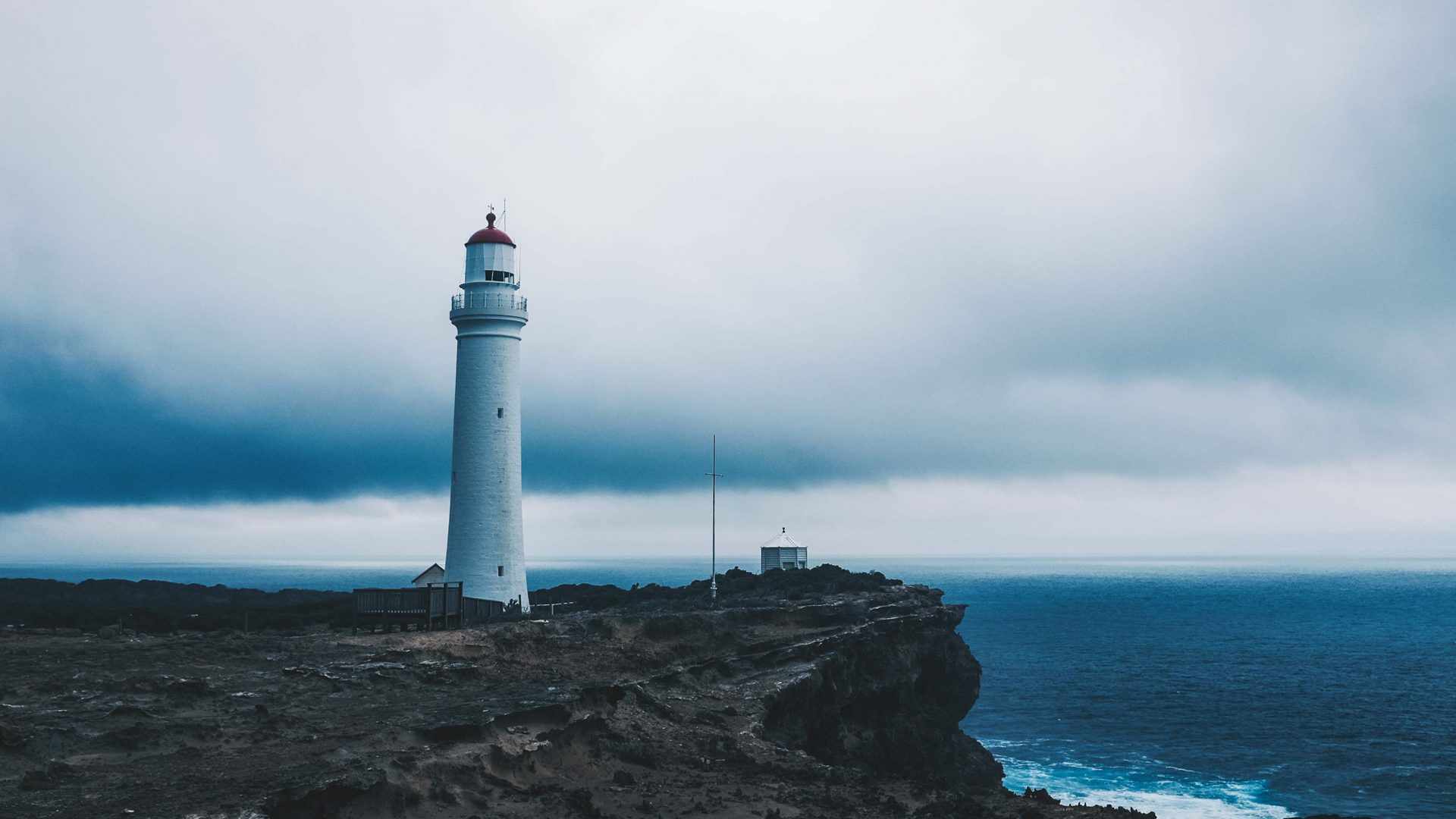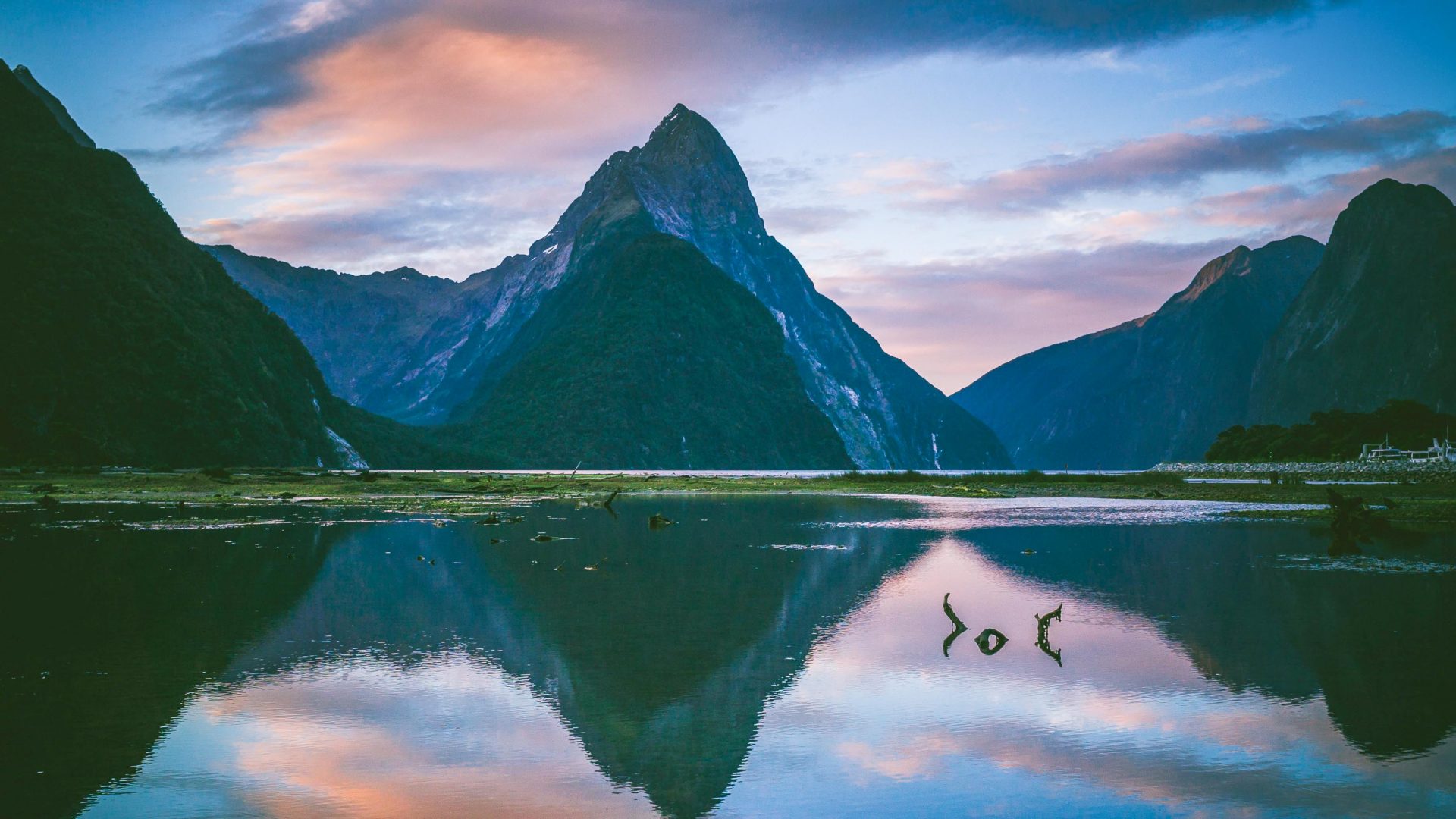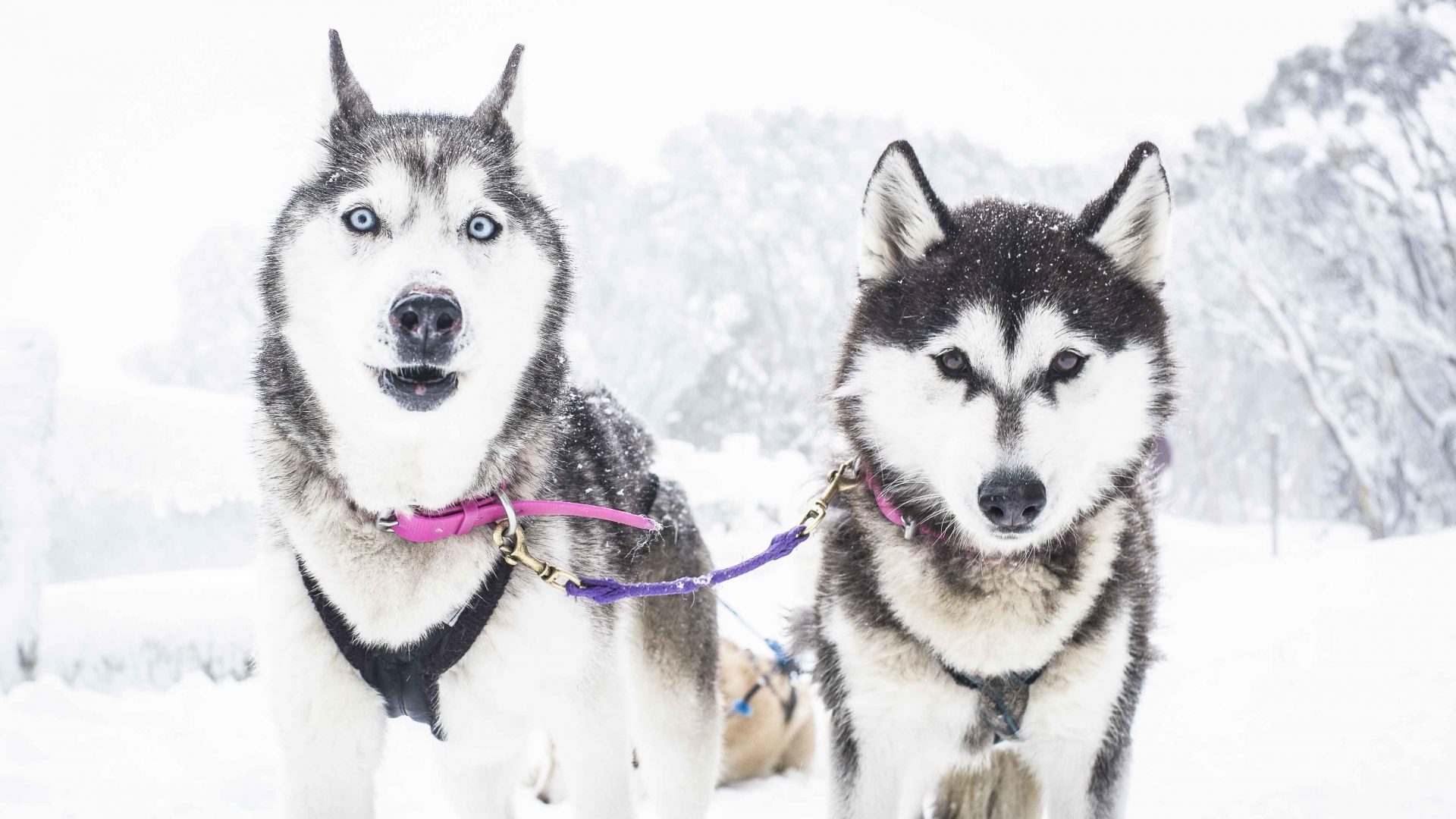
Beaches, deserts, rainforests, and crocs: Australia is famous for many things—husky sledding isn’t one of them. Is there really enough snow Down Under for a bonafide dog-sledding experience?
A pack of dogs with wolf-like good looks and bull-like strength is pulling essential supplies through the Alaskan tundra. They’re heading for northern Canada, then Greenland. Their double-layered coats, leather-like feet, and muscular build make them perfect creatures for the task. The year is 1,000 AD (or thereabouts).
Their masters, their mushers, are the Thule people; the highly-skilled and adaptable ancestors of all modern-day Inuit. While the first domesticated dogs were used primarily for hunting (and some, for eating) the Thule are thought to have been the first to harness dogs and use them to pull sleds.



